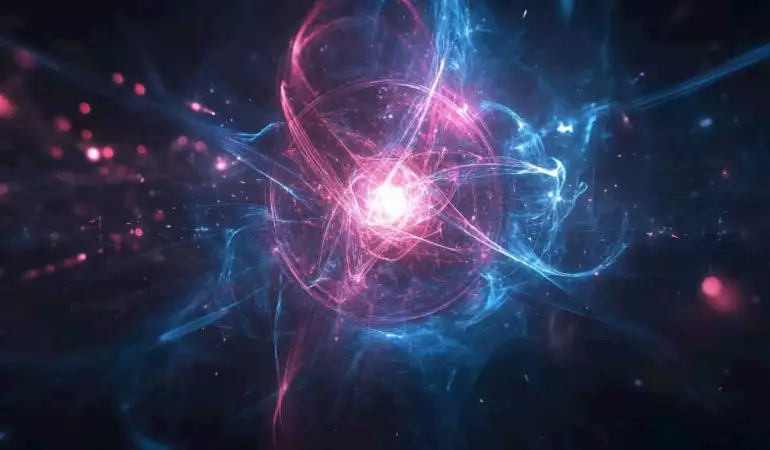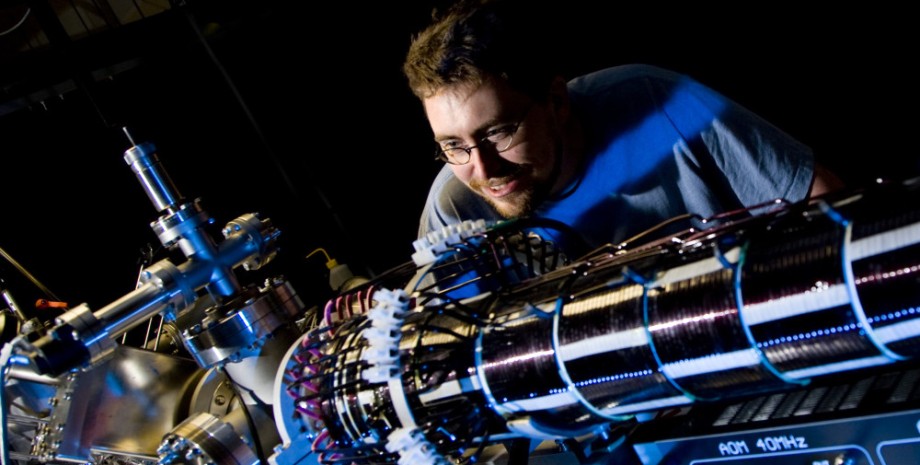Physicists have just mapped the hidden quantum world of electrons
For the first time, scientists have successfully measured the quantum state of electrons emitted from atoms that have absorbed high-energy light pulses. The breakthrough comes from a new measurement method developed by researchers at Lund University in Sweden. Their findings provide a better understanding of how light interacts with matter.
February 17, 2025 17:14
Electron secrets revealed through light
When ultraviolet or X-ray radiation strikes an atom, it can knock out an electron - a phenomenon called the photoelectric effect. By measuring the energy of this electron, scientists learn more about the atom itself. This is the basis of photoelectron spectroscopy.
But electrons are not ordinary particles. They are quantum objects with both particle and wave properties. Their behaviour can only be understood by applying the rules of quantum mechanics.
Scientists at Lund University have developed a new method to measure the quantum state of electrons for the first time. It is like taking a CT scan of the brain, taking a series of 2D "pictures" from different angles and reproducing a three-dimensional image.
Electrons from helium and argon atoms analysed in this way revealed that their quantum state depends on the material from which they emerge. This is an important step towards a better understanding of the interaction between light and matter.
A new look at the mysteries of electrons
More than a century ago, Einstein explained the photoelectric effect - a discovery that became the basis of quantum mechanics. Later, scientist Kai Siegbahn developed a method to study how electrons are arranged in atoms, which won him the Nobel Prize in 1981. But until now, only the simple, classical properties of electrons have been studied.
Now, for the first time, scientists have succeeded in revealing the quantum properties of electrons. This breakthrough will not only push the boundaries of photoelectron spectroscopy, but will also lead to a better understanding of how materials react to light, from atmospheric processes to solar cells and plant photosynthesis.

Significance of the discovery
Scientists are entering the second quantum revolution, an era in which attempts are being made to control individual quantum objects, such as photoelectrons, and exploit their properties for practical applications.
The scientists' new method opens up new possibilities for analysing materials by revealing their structure and observing how they react when an electron is knocked out. This could lead to the development of advanced materials or a better understanding of the processes that occur in systems exposed to light.
The biggest surprise is that this sophisticated approach has succeeded. Previous attempts to measure the quantum states of electrons have often failed because of the slightest glitch, but this time it has achieved incredible stability.
This breakthrough offers a deeper insight into the boundary between the quantum world and the everyday world.
Electrons and atoms obey quantum rules that are different from our own.
But when many quantum particles come together, they start to interfere with each other and quantum properties seem to "disappear" - a phenomenon called decoherence.
The new technique could in future help observe how electrons transition from quantum to classical states, opening up even more possibilities for quantum technology.




